Do you have a question about the ActronAir AIRES CRS13AT and is the answer not in the manual?
Critical warnings about electrical hazards, lock-out/tag-out procedures, and capacitor risks.
Cautionary advice regarding rotating fan blades, pinch points, and personal protective equipment.
Guidelines on properly recovering, recycling, and handling refrigerants to prevent atmospheric release.
Key factors to consider before starting unit installation, including clearances and foundation.
Minimum clearances and airflow needed for optimal performance and service access.
Guidelines for choosing an appropriate and safe location for the outdoor unit.
Instructions for securely fastening the outdoor unit to its mounting surface.
Instructions for connecting refrigerant pipes between indoor and outdoor units.
Guidance for connecting power and signal control wires.
Procedures and precautions for piping installation and brazing, including nitrogen purging.
Step-by-step guide for pipe work installation using nitrogen for brazing.
Procedure for pressure testing the refrigeration system to detect leaks.
Detailed steps for evacuating the system to remove moisture and non-condensables.
Warnings on live electricals, static sensitivity, and safe work practices.
Information on the location of wiring diagrams for correct electrical connections.
Guidelines for power supply compatibility, wiring, earthing, and isolator requirements.
Overview of electrical connections for split units, including power and data cables.
How to configure compressor type and capacity settings for the unit.
Method for adjusting refrigerant charge based on subcooling and superheat measurements.
How to measure and check the system's subcooling level using pressure/temperature charts.
How to measure and check the system's superheat level for optimal evaporator performance.
| Brand | ActronAir |
|---|---|
| Model | AIRES CRS13AT |
| Category | Air Conditioner |
| Language | English |
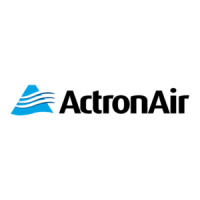
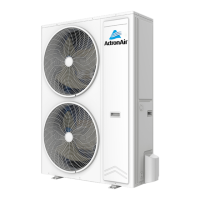




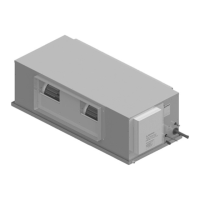


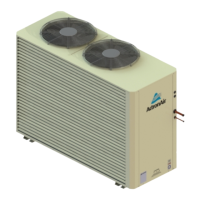
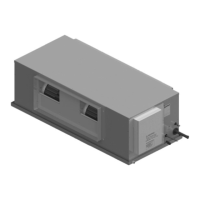

